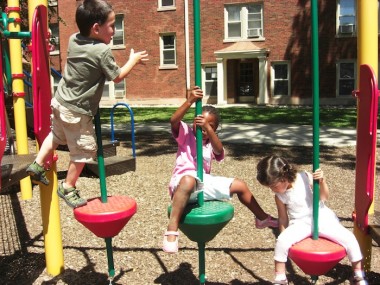Though shoulder pain is quite common, it is usually not normal. Many shoulders become stiff or inflamed for no apparent reason. However, with a shoulder injury, persistent shoulder pain is often a sign that there might be a structural abnormality about the shoulder.
The most common shoulder tear involves the Rotator cuff, but it takes a thorough clinical exam along with an MRI to properly diagnose.Many rotator cuff disorders can be treated without surgery, but if the injury is severe or does not respond to conventional treatment measures, surgery may be considered. Most of the time our orthopedic specialists recommend surgery if your shoulder doesn’t get better after 3 to 6 months of nonsurgical treatment such as rest, ice or heat, and physical therapy.
The procedure to repair a torn rotator cuff involves reattaching the tendon to the head of the upper arm bone (the humerus). Those patients with a partial tear may need surgery in order to trim or smooth the tendon, or often repair the tendon back to the bone to prevent the tear from propigating. With a complete tear, the surgeon repairs the tendon by stitching the two sides back together.
When is Rotator Cuff Surgery Recommended?
Rotator cuff surgery is a safe and effective way to regain full range of motion to your arm. Our orthopedic specialists perform this type of surgery often, and most patients who are active and use their arms for overhead work or sporting activities greatly benefit from this procedure. Our doctors may recommend surgery if your pain does not improve, as continued pain is the main indication for surgical repair of the rotator cuff. Other signs that this procedure is a good option for you include:
- You have a large tear of more than three centimeters.
- Your symptoms have persisted for greater than six months.
- Your tear was the result of a recent acute injury.
- You have major weakness and loss of function of your shoulder area.
What are the Types of Surgical Options?
There are several different options that the orthopedic specialist can do to repair your rotator cuff and alleviate your problems. This will all depend on the size of your tear, the quality of your tendon tissue and bone, and your personal anatomy. These repairs include:
Open Repair: This is a traditional approach to rotator cuff repair. With this procedure, the surgeon makes an incision at the shoulder area and detaches the shoulder muscles to gain better access to the torn tendon. During open repair, the orthopedic specialist will remove bone spurs and repair the torn structure. This option is best when the tear is complex and large or if additional reconstruction is necessary. Usually most open repairs done in our office employ the Mini-open approach described below.
Arthroscopic Repair: Arthroscopy involves the use of a tiny camera (called an arthroscope) inserted into your shoulder joint. The camera will display images on a TV monitor so the surgeon can use these images to guide the scope and tiny instruments to make necessary repairs. Our orthopedic specialists makes several small incisions around the shoulder area to allow the arthroscope to be placed where the doctor needs it to be in order to see and repair the shoulder structures. The shoulder arthroscopic technique is minimally invasive and done on an outpatient basis. There is quicker recovery time and less pain with this procedure.
Mini-Open Repair: Another option our orthopedic specialists utilize includes a mini-open repair technique. The orthopedic specialist makes an incision that is 3 to 5 centimeters long and uses an arthroscope to access and treat the torn rotator cuff and shoulder structures. This procedure avoids the need to detach the deltoid muscle, allowing for quicker recovery time and minimal pain. This procedure is similar to the arthroscopic repair method and generally is quite successful in the correct circumstance.

 Parents often hear the word fracture for the first time and think it is less severe than a broken bone. Fractures, however, are broken bones. The severity of a break depends on the force that caused the fracture, where the fracture is located, and if the break is complex or simple.
Parents often hear the word fracture for the first time and think it is less severe than a broken bone. Fractures, however, are broken bones. The severity of a break depends on the force that caused the fracture, where the fracture is located, and if the break is complex or simple.  Many Americans suffer rotator cuff tears and they are a common cause of pain and disability. When you tear your rotator cuff, you weaken your entire shoulder making daily activities more difficult. Just raising your hand up to comb your hair could cause serious pain. Read on to find out what makes up the rotator cuff, who is at risk for this type of injury, what are the symptoms of a tear, and how a rotator cuff is treated.
Many Americans suffer rotator cuff tears and they are a common cause of pain and disability. When you tear your rotator cuff, you weaken your entire shoulder making daily activities more difficult. Just raising your hand up to comb your hair could cause serious pain. Read on to find out what makes up the rotator cuff, who is at risk for this type of injury, what are the symptoms of a tear, and how a rotator cuff is treated.